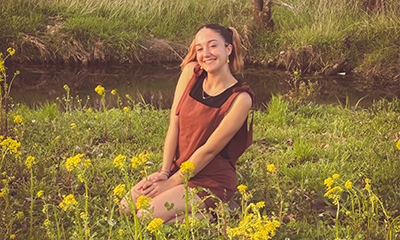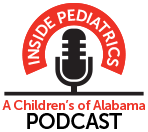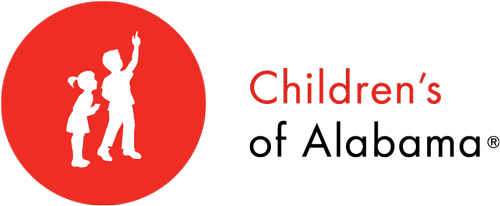Katie and John Woolard welcomed their baby girl in 2007. After the chaos of labor was over, Addison “Addi” Woolard was taken back for her newborn testing. Katie and John were soon informed that their daughter had failed her hearing test three times. “They handed me a big binder,” Katie said. “I remember looking at the binder and crying. We are both elementary school teachers. We automatically started thinking about her future and about learning sign language.” Overwhelmed and unsure of the extent of Addi’s hearing loss, the family was sent to Children’s of Alabama.
At 6 days old, the Woolards were told that only one of Addi’s ears was capable of hearing. Doctors informed the family that she could partially hear out of her right ear. She began attending speech therapy at 3 months old. Her parents were taught exercises to do with Addi at home and tips on how to speak to her during her most formative years. Addi’s speech therapists became like family. “Our speech therapist would come to our house,” the Woolards said. “She would come to our school, her school, her daycare, or even Starbucks and Chick-fil-A.”
At 4 months, a second hearing test was performed, and the Woolards were told that Addi had a large fluid buildup behind her eardrums. Tubes were placed in her ears to promote fluid drainage, and she received her first pair of hearing aids at six months old.
Addi’s eardrums had large perforations. Her left ear dropped to the moderate to profound hearing loss range, which prompted Dr. Woolley to perform a tympanoplasty. During a tympanoplasty, the hole in the eardrum is patched. The patch, also called a graft, is made from tissue taken from around the child's ear (cartilage or fascia). Due to Addi’s persisting ear infections, the artificial eardrum ruptured six months later, requiring new tubes to be put in. In 2018, Addi’s doctor walked into the room delighted. They informed the family that 11-year-old Addi would no longer need two hearing aids. The perforation in her left ear had healed itself and Addi could transition to using one hearing aid.
Technology has changed since Addi’s first pair of hearing aids. She is now able to call her mom through Bluetooth in her current aid. It is smaller, softer, and more adaptable than the pair she started with.
Addi is now 17 and has embraced her hearing aid. She has been able to connect with young and old alike, sharing her story and showing the glittery mold she chose for her aid. “It’s a platform for her to help other kids and teach them,” Katie said. “I think it's also helped her be more empathetic to other kids and any kind of deformity or disability. She’s just drawn to people like that.” Teaching others about hearing loss is not new to the Woolards. When Addi was in kindergarten, they borrowed sets of hearing aids to let her classmates try on. They taught them about the amplification device, the microphone, and explained how it helped Addi to hear them.
“I want to make an impact and just fulfill the purpose God has for me here on Earth,” Addi said. “I have a silver, sparkly hearing aid. I love seeing little kids or elderly people who have hearing aids as well. I’m able to encourage them and show them that anybody can have them. It's not something you should be ashamed of, but you can show it off.”






